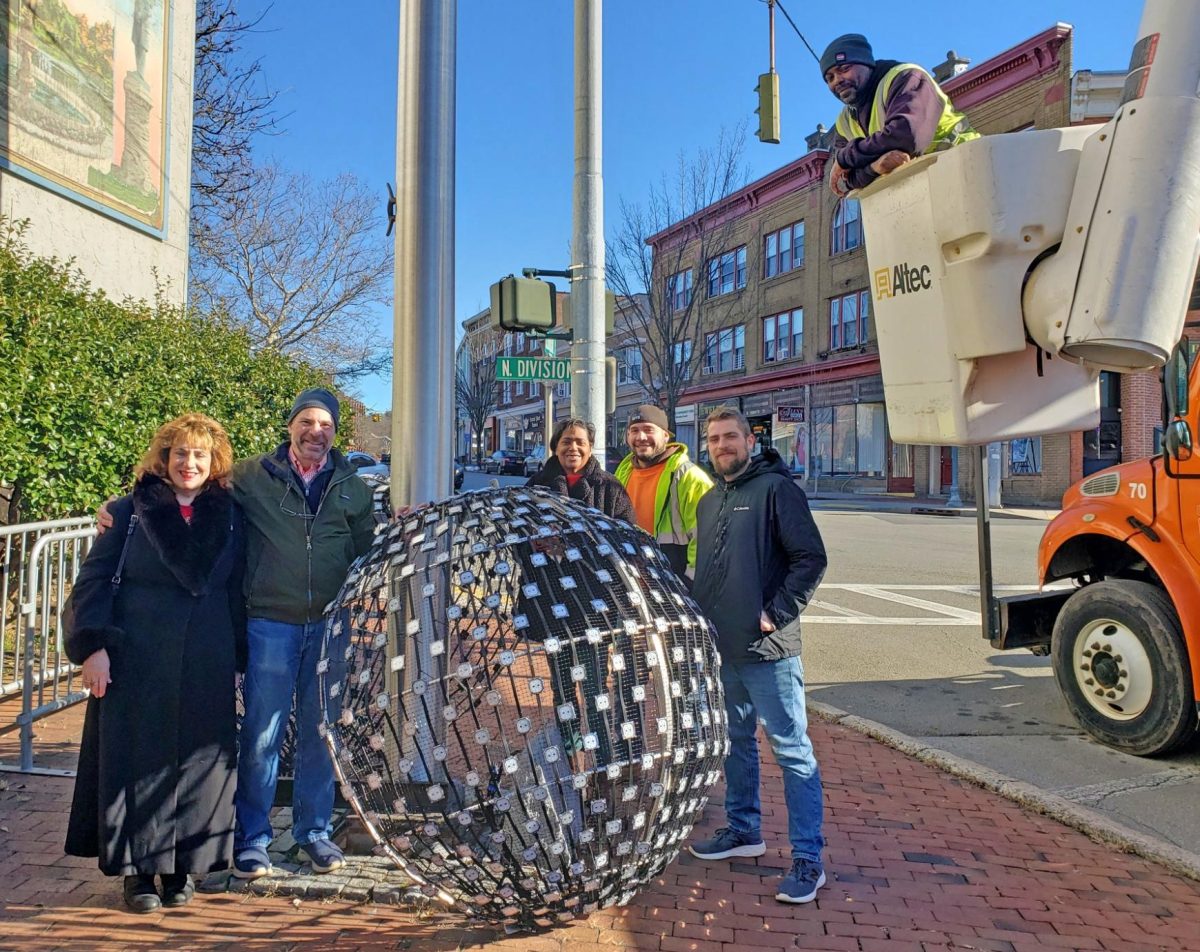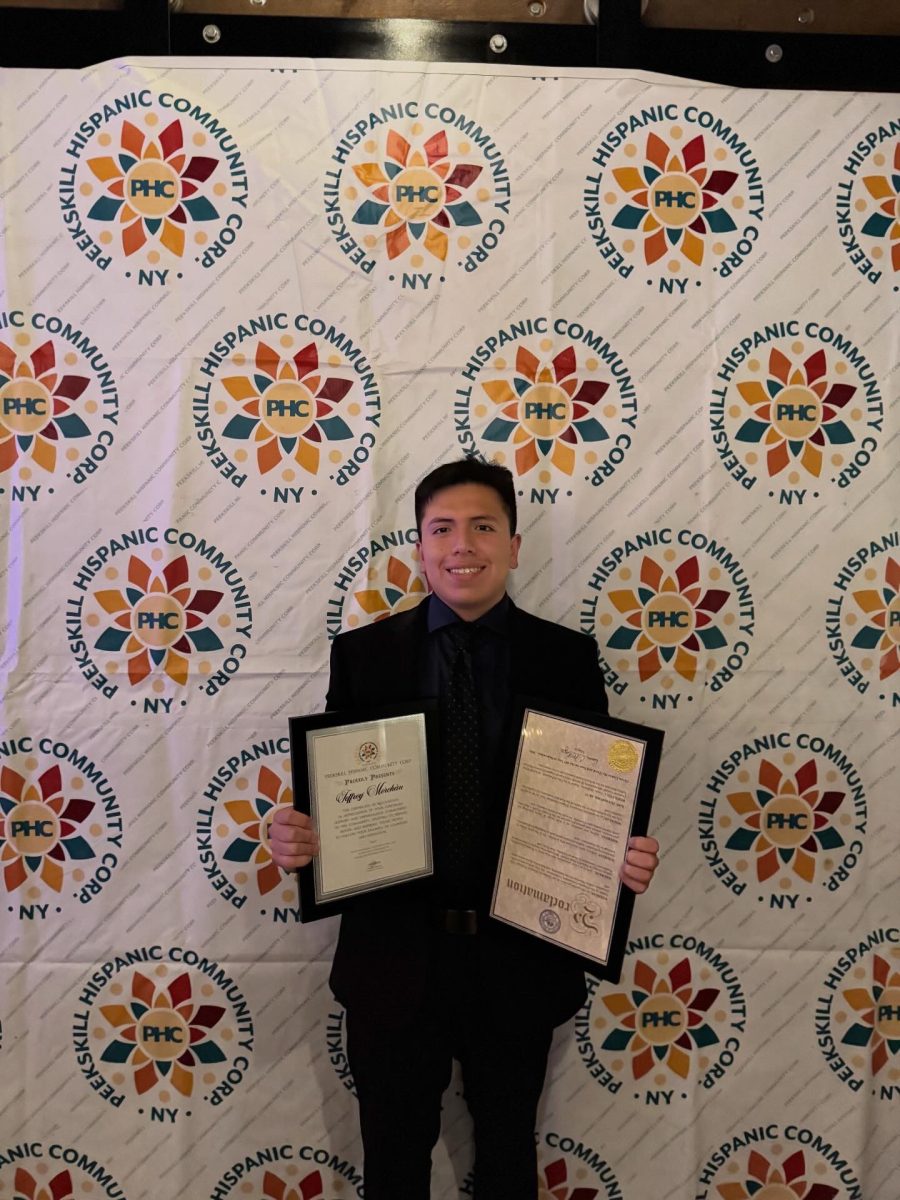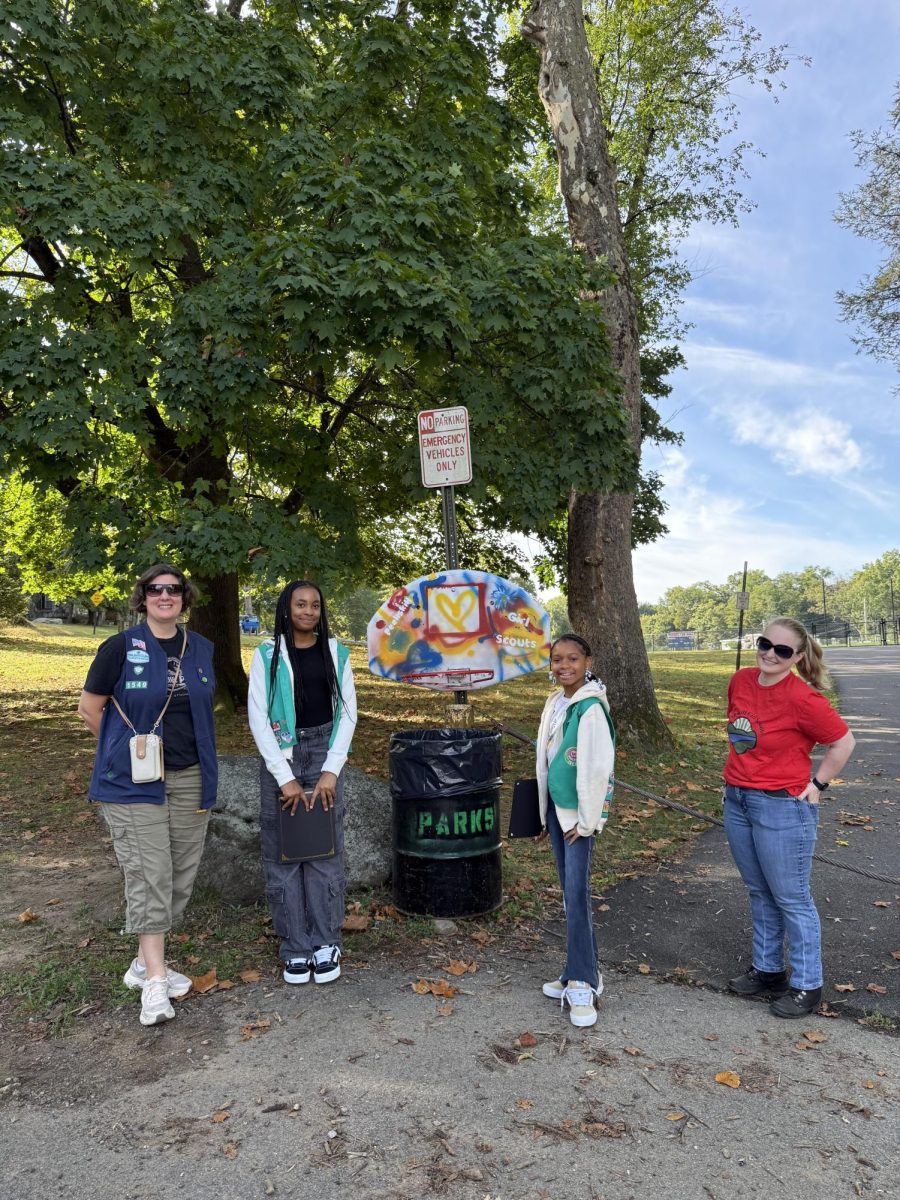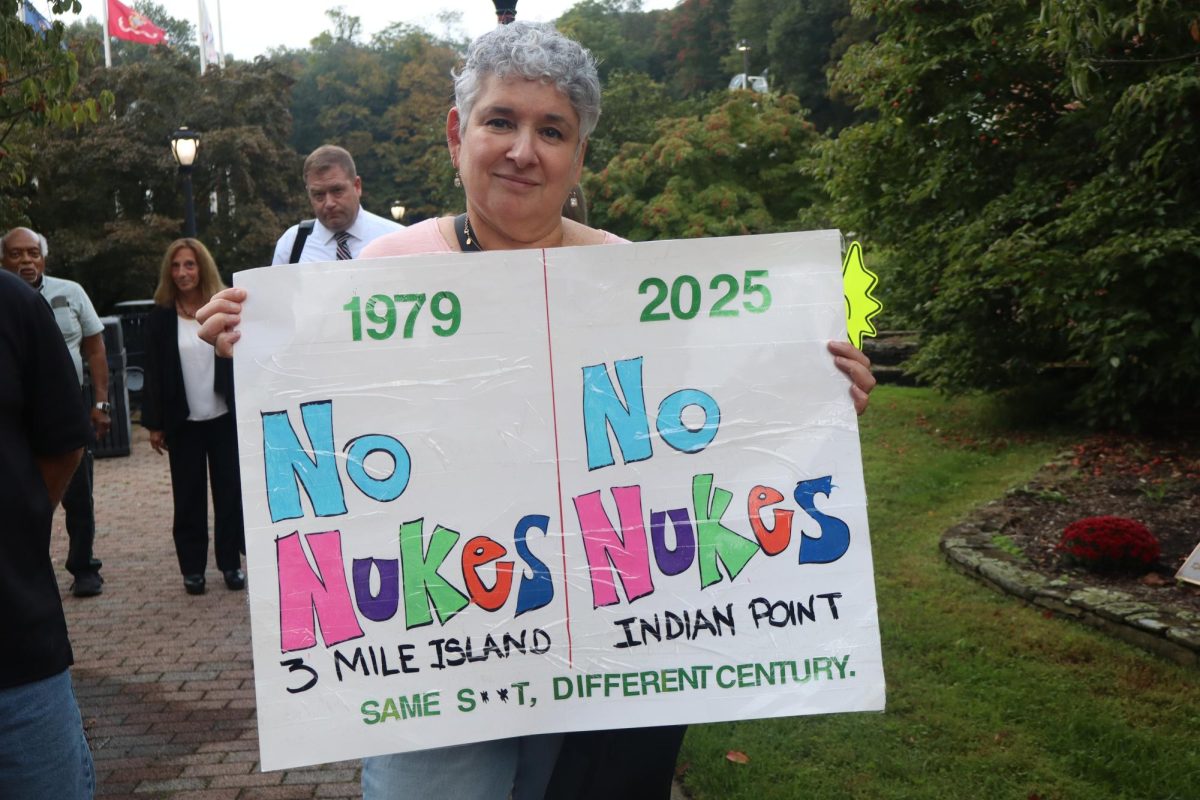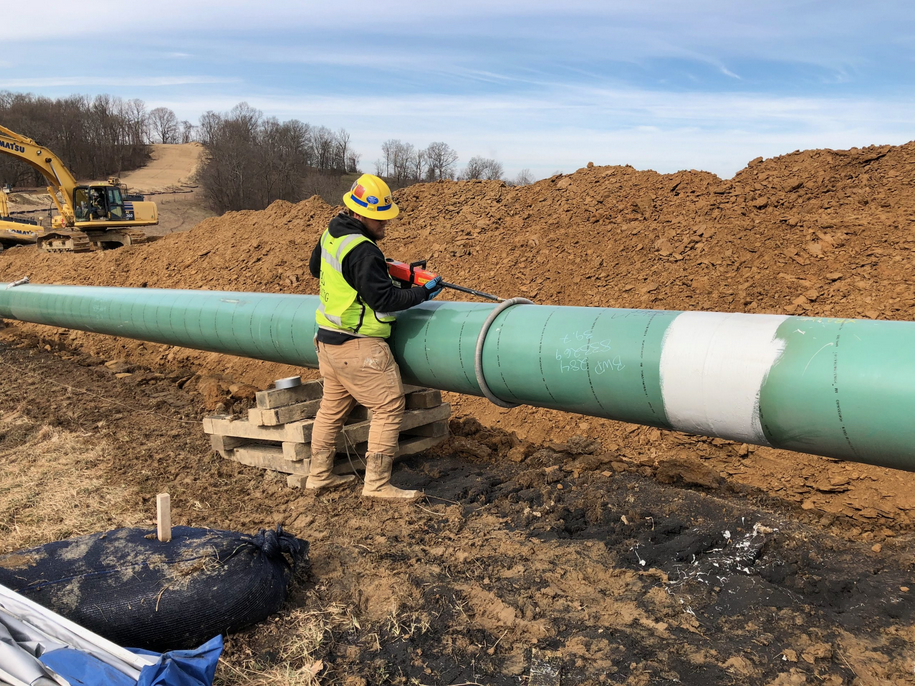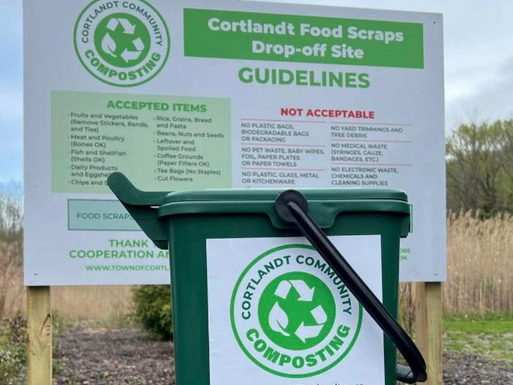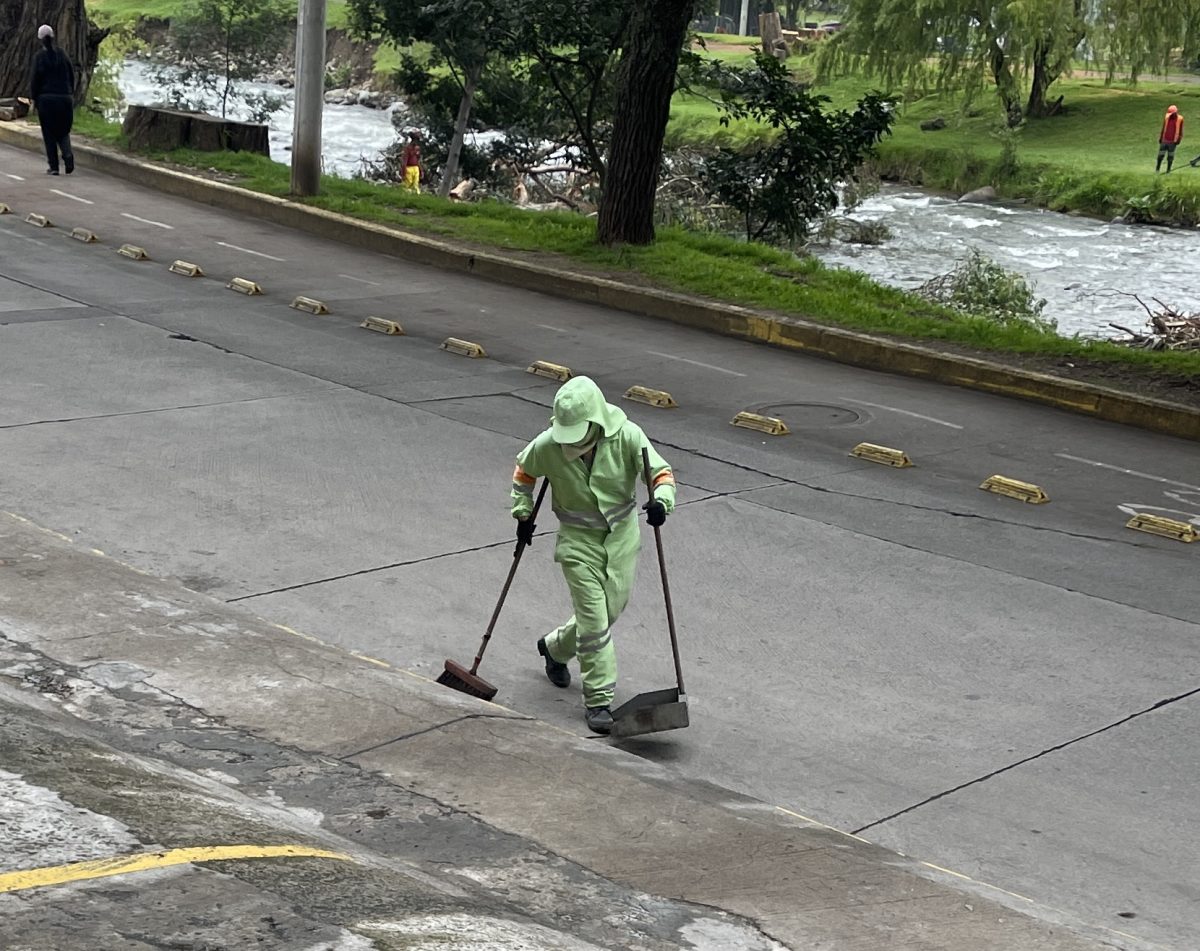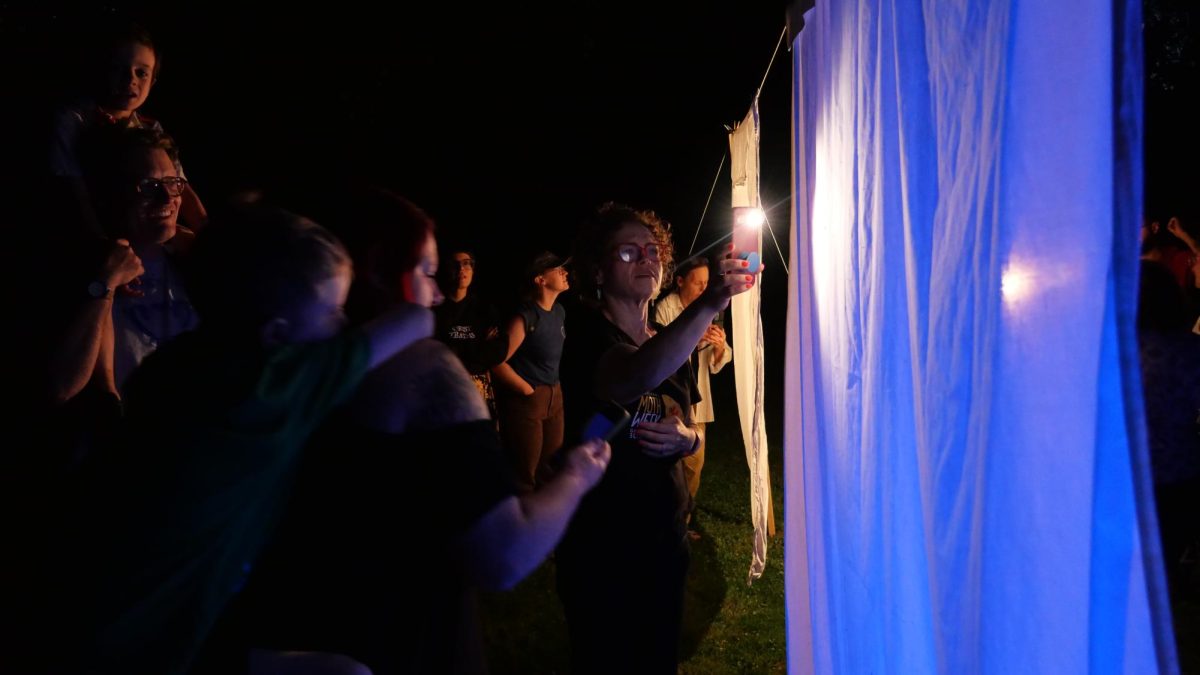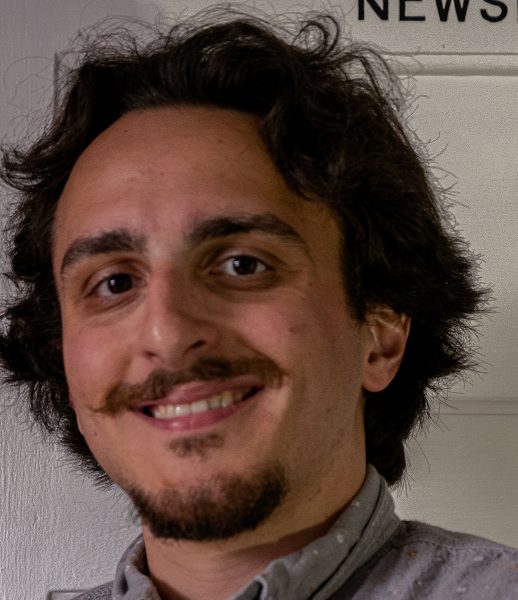Dozens of environmental advocates rallied outside of Cortlandt Town Hall before Monday’s meeting of the Indian Point Decommissioning Oversight Board (DOB). The focus of this rally was Governor Kathy Hochul who hasn’t signed a bill into law banning radioactive discharges into the Hudson River.
Holtec, the company charged with decommissioning the Indian Point nuclear power plant, plans to dump tritiated water from the plant into the Hudson in the coming months. On June 30 the state legislature passed a bill that would ban radioactive discharges into the Hudson River.
A row of kayaks flanked the steps into the Cortlandt Town Hall. Some of the protestors wore life preservers, others carried oak tag signs and paddle fans bearing the ralliers’ unofficial mascot— a three-eyed fish connected to a certain nuclear plant in pop culture. Then, with prompting from Food & Water Watch’s Santosh Nandabalan, those in attendance called and left messages with Gov. Hochul’s office urging her to sign the bill.
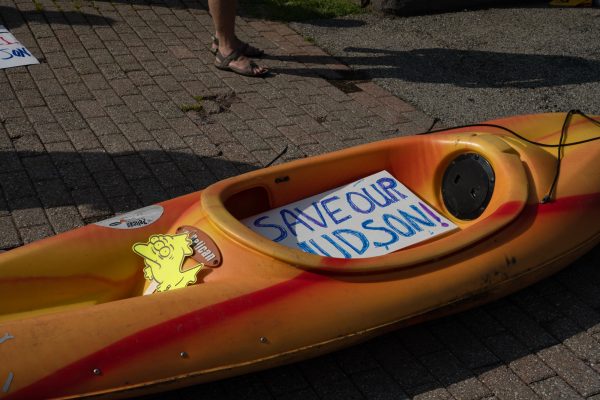
“What’s upsetting is that the Assembly and Senate passed the bill. For some reason, [the Governor] is stalling. I hope it’s not for campaign contribution reasons,” said Mark Lieberman, who attended the rally.
The crowd dispersed as the doors to the conference room opened and people shuffled in to find their seats for the public forum. The hearing was originally scheduled for the beginning of July but was delayed due to the heavy rains. Concerned citizens submitted 19 pages of questions and representatives from the Nuclear Regulatory Commission, Environmental Protection Agency, and the New York Attorney General’s office did their best to answer. The questions ran the gamut from administration of the DOB to emergency preparedness, water discharge, gas pipelines, regulatory standards, dry cask storage and workforce re-training.
One recurring question, brought up by Suzannah Glidden and Courtney Williams, asked the DOB point-blank why the governor hadn’t already signed the dumping ban into law. Tom Congdon, executive deputy for the New York State Department of Public Service, said what the governor does is beyond the scope of the board, but he assured everyone that her office is aware of what happens at the meetings.
“They’re fully engaged on these issues. I think they’re doing they’re due diligence. But at this point, along with the hundreds of bills that passed last month in the legislature, they’re still doing their due diligence on that legislation,” said Congdon.
Tempers flared later, during a line of questioning from Susan Shapiro on testing water from the river. The test sample, according to the DOB, would be taken right before the water is set to be dumped. Test results for some radioactive elements, like Strontium-90, can take around three months and so, argued Shapiro, the state would be allowing the discharge of water without knowing what’s in it.
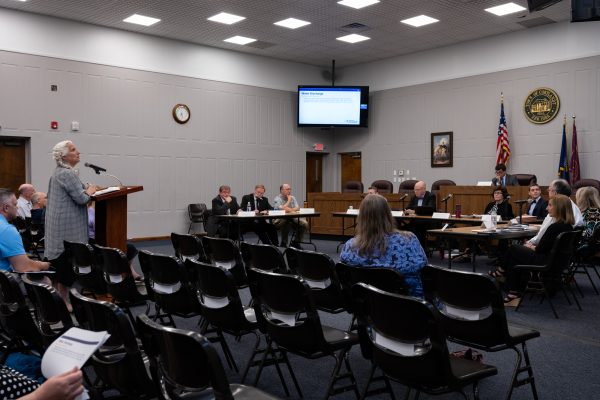
A total of ten questions were submitted on cask storage, especially around the topic of cask leaks. Dry casks store spent nuclear fuel after it has cooled for about a year. The NRC representatives assured those in attendance that the casks are welded shut and surrounded by shielding, which prevents leaks. They contend that no dry cask has ever leaked, but should something happen, monitors are in place. In case of a leak, there are procedures in place that Holtec would follow. The company would also be responsible for the cost of any cleanup should a leak happen once the site has been fully decommissioned. The money for this comes from a fund separate from the decommissioning trust.
Three hours after the forum began, it seems most in attendance— board and audience members alike— left tired and somewhat frustrated. Five pages of questions remained unanswered as the meeting’s allotted time wore down, and the thinned-out crowd still murmured about the DOB not addressing their concerns. If questions weren’t answered at the forum, the questions are posted and answered on the Public Service Department website here.
The next decommissioning oversight board meeting is scheduled for September 21. The location is to be determined.









